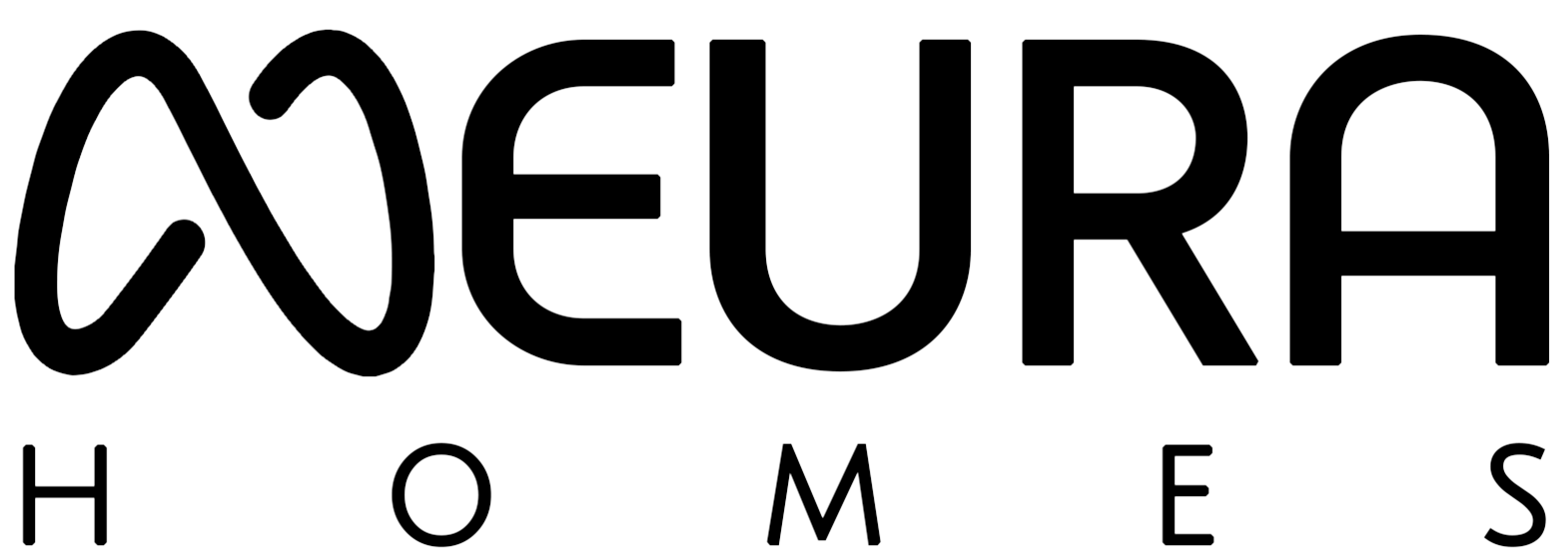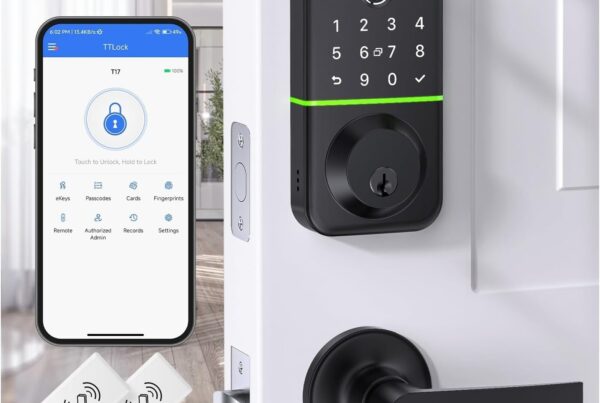How the Future of IoT Security in Smart Homes is Evolving
The future of IoT security in smart homes is rapidly evolving as cyber threats become more sophisticated. Smart homes rely on IoT devices to manage security, lighting, climate control, and entertainment, but these devices are also prime targets for hackers. Weak passwords, outdated software, and unsecured networks increase the risk of cyberattacks.
To ensure safe and secure smart homes, the next generation of IoT security will rely on AI-driven threat detection, blockchain authentication, and advanced encryption techniques. This article explores how IoT security innovations will shape the future of smart homes.
1. AI-Powered Cybersecurity: The Future of IoT Security in Smart Homes
Artificial Intelligence (AI) is transforming IoT security by detecting and preventing cyberattacks in real time. Unlike traditional security systems, AI continuously learns from network traffic patterns and adapts to new threats.
- Behavioral Analytics: AI detects unusual activity, such as unauthorized access attempts.
- Real-Time Threat Response: AI-powered systems block cyber threats instantly before they cause damage.
- Automated Security Updates: AI ensures IoT devices run on the latest security patches to prevent vulnerabilities.
2. Blockchain-Based Security for IoT Devices in Smart Homes
Blockchain technology enhances smart home security by decentralizing data storage and authentication processes. Instead of relying on a single server, blockchain distributes security data across multiple nodes, making it tamper-proof and highly secure.
- Decentralized Device Authentication: Prevents hackers from exploiting weak credentials.
- Immutable Security Logs: Keeps a permanent and unchangeable record of device activity.
- Smart Contracts for Access Control: Automates secure permissions for guests, family members, or service providers.
3. End-to-End Encryption for IoT Security in Smart Homes
Smart home devices collect sensitive data from security cameras, voice assistants, and sensors. End-to-end encryption (E2EE) ensures that this data remains protected from cybercriminals.
- Strong Encryption Protocols: Ensures all data sent between IoT devices and cloud servers is fully encrypted.
- Zero-Knowledge Encryption: Prevents third-party access to user data, even from smart home service providers.
- Secure Remote Access: Homeowners can safely control smart home systems from anywhere without security risks.
4. Multi-Factor Authentication (MFA) for Stronger IoT Security
Traditional password-based authentication is no longer enough to protect IoT devices. Multi-Factor Authentication (MFA) adds an extra layer of security by requiring multiple forms of verification.
- Biometric Authentication: Uses fingerprint or facial recognition to grant access.
- One-Time Passwords (OTP): Adds an additional layer of protection for smart home app logins.
- AI-Powered Anomaly Detection: Identifies and blocks unauthorized access attempts in real-time.
5. AI-Driven Intrusion Detection for Physical and IoT Security in Smart Homes
Cybersecurity isn’t the only concern for smart homes—physical security is just as important. AI-driven intrusion detection systems provide an added layer of protection by monitoring activity around the home.
- AI-Powered Facial Recognition: Distinguishes between family members, guests, and potential intruders.
- Smart Motion Sensors: Detects unusual movement patterns and triggers alerts.
- Automated Emergency Responses: Smart locks, alarms, and surveillance cameras activate instantly in case of a security breach.
The Future of IoT Security in Smart Homes is Here
With AI, blockchain, and advanced encryption shaping the future, smart homes will become more secure, autonomous, and resilient against cyber threats. By integrating these next-gen security solutions, homeowners can protect their privacy, prevent breaches, and enhance smart home security.
NeuraHomes is at the forefront of IoT security innovations, ensuring safe and seamless smart home experiences. Contact us today to discover how our AI-powered IoT security solutions can protect your home.




